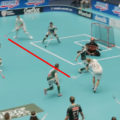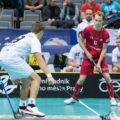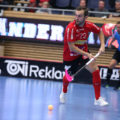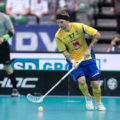Adding noise to an image is easy and you really can enhance the image. But, to make noise-inducing images that look like nature, sometimes you’ll want to add some grain. Here are a few ways to add grain to an image that have no effect on your image.
If shadows are just not to your taste, or you just want to make a black and white image, then you can add some shadows to your image. You can add a shadow to the left side of the image, by clicking on it, then choose “Add Shadows”. You can add a shadow to the top and bottom of the image, or the right and left sides. After adding the shadow, you will see a black circle appear in the image you are working on.
After adding the top and bottom shadow, you will see a black circle appear in the image you are working on.
This technique is also very effective for adding a bit of movement to an image. It’s best to choose a noise texture and apply it to areas of the image that have a lot of texture, like the leaves of a tree or trees on a mountain.
The technique I’m going to show here is the first in a series of steps that will eventually show the method behind this tutorial, using a variety of different color palettes to create the various layers of effects.






No Comments
Leave a comment Cancel